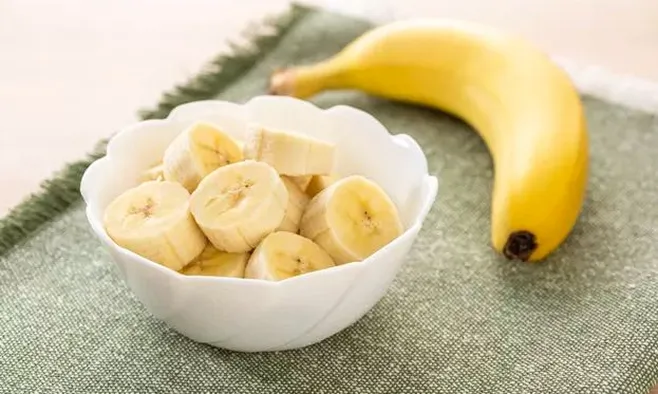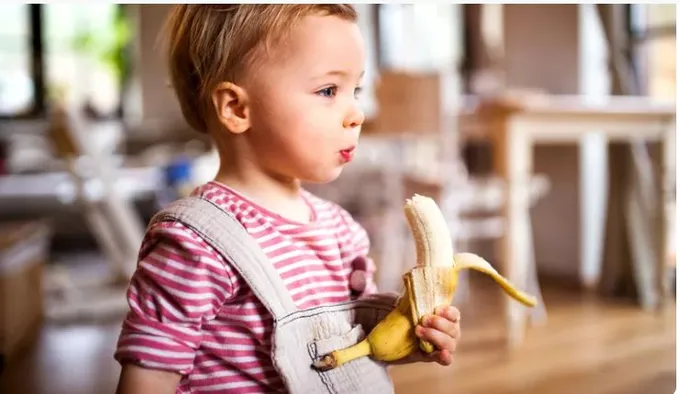Banana is one fruit that is available throughout the year. This fiber-rich fruit contains iron, potassium, vitamin B6, vitamin c, magnesium, copper, manganese, and even protein.
Iron is a mineral that is naturally present in many foods, added to some food products, and available as a dietary supplement. Without enough iron, there aren’t enough red blood cells to transport oxygen, which leads to fatigue.
Iron is an essential component of hemoglobin, an erythrocyte (red blood cell) protein that transfers oxygen from the lungs to the tissues.

Why is iron a vital nutrient?
Iron is a nutrient essential for your health. Its primary role is in the synthesis of hemoglobin. It also benefits your brain health, immune system, and sleep quality. Not eating enough iron-rich foods over a long time may lead to iron deficiency anemia.
How Much Iron Is in Bananas?
In general, most fruits contain little iron, a nutrient needed to make proteins in your muscles and blood. Bananas are no exception. However, they are loaded with plenty of other beneficial nutrients. As long as you meet your iron requirements by eating other iron-rich foods, you can still include bananas — in moderation — in your diet, despite the fact they are low-iron foods.
Iron in Bananas
The low amount of iron found in bananas is not enough to meet your daily iron requirements. The U.S. Department of Agriculture’s National Nutrient Database for Standard Reference reports that an extra-small banana contains about 0.21 grams of iron, while a medium-sized banana provides 0.31 grams of iron. Even an extra-large-sized banana that is 9 inches or longer only contains 0.4 grams of iron.
Banana smoothie rich in iron
Bananas may not contain any significant amount of iron, but they can be useful otherwise. You could add it as the key ingredient to a smoothie rich in iron.
Moreover, you should add a fruit juice high in iron, such as prune or raspberry juice, along with any other iron-rich food, such as spinach, kale, and beet greens.
Cacao powder and chocolate are also excellent dietary sources of iron. Furthermore, you could add a tbsp of honey. It helps increase iron levels by 20%!
Daily Iron Needs
Your daily iron needs are based on your age and gender. The Office of Dietary Supplements reports that the recommended dietary allowance — or RDA — for iron is 8 milligrams daily for men, 8 milligrams for women over age 50.
Other Beneficial Nutrients
Snacking on banana chips means you’ll get some nutritional value for your calorie investment. The chips are a good source of some essential vitamins, especially magnesium. Your body needs magnesium for energy production, cell-to-cell communication, and DNA synthesis, an important part of cell growth. It also works together with other minerals – like calcium and phosphorus – to make up bone and tooth tissue, which means eating foods high in magnesium may help keep your skeleton strong.

Iron-Rich Alternatives
Good plant sources of iron include lentils, chickpeas, beans, tofu, cashew nuts, chia seeds, ground linseed, hemp seeds, pumpkin seeds, kale, dried apricots, figs, raisins, quinoa, and fortified breakfast cereal.
There are lots of factors that affect the amount of iron your body can absorb from your diet. The most important factor is your body’s need for iron: more is absorbed when your body is short of iron, and less is absorbed when your stores are full. Tea, coffee, and some substances in plant foods may make it difficult for your body to absorb iron. On the other hand, vitamin C increases iron absorption.

